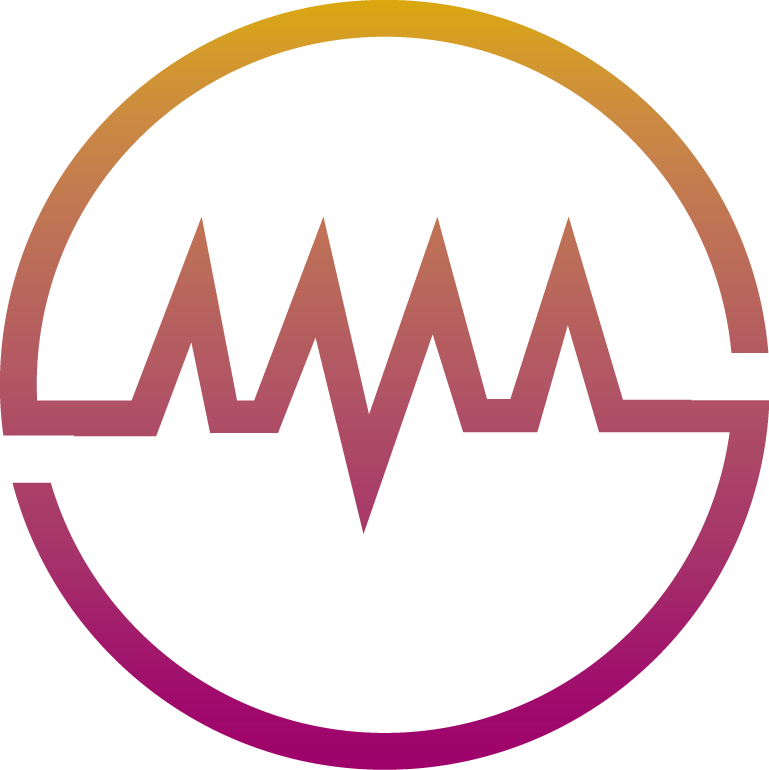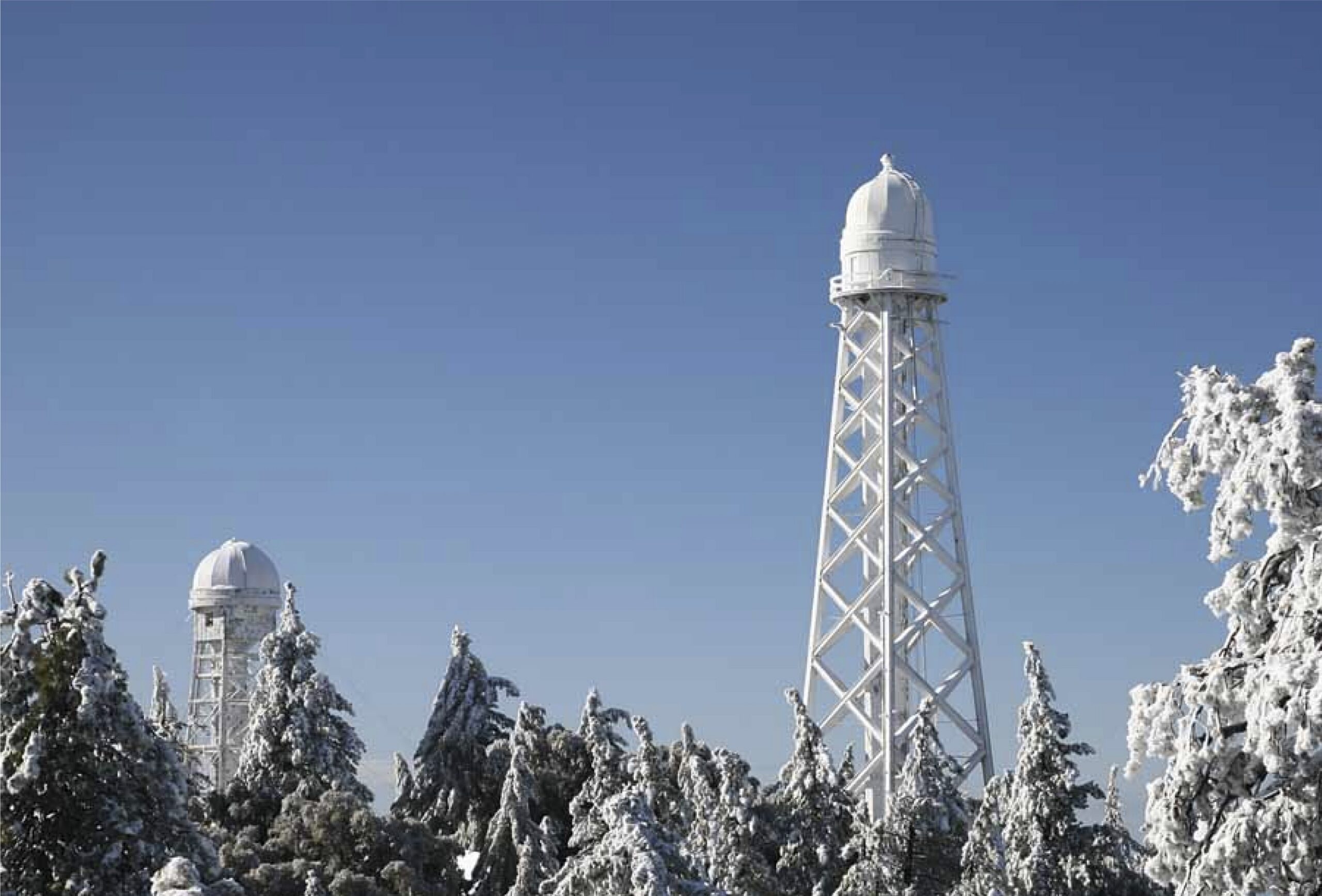Dr Helen Greenwood Hansma | Energy: A Clue to the Origins of Life
Original Article Reference
This SciPod is a summary of the paper ‘Mechanical Energy before Chemical Energy at the Origins of Life?’, in Sci. https://doi.org/10.3390/sci2040088 & https://doi.org/10.1016/j.bpj.2022.08.032
About this episode
Energy is vital for life. It allows important functions to occur in living systems, from the molecular level to the scale of the whole organism. Dr Helen Greenwood Hansma, from the University of California in Santa Barbara, believes that the types of energy used in living cells can provide clues to help us understand the origins of life. In her recent research, she explores how mechanical energy could have driven the processes that gave rise to early life in the absence of chemical energy.
This work is licensed under a Creative Commons Attribution 4.0 International License. 
What does this mean?
Share: You can copy and redistribute the material in any medium or format
Adapt: You can change, and build upon the material for any purpose, even commercially.
Credit: You must give appropriate credit, provide a link to the license, and indicate if changes were made.
More episodes
Dr Ivo Rietveld | Predicting Polymorphs: How Collaborative Science is Shaping Safer Medicines and Better Materials
The way molecules arrange themselves into crystals can affect the stability, safety, and effectiveness of medicines and advanced materials. Dr Ivo Rietveld at the University of Rouen Normandy and his collaborators are developing new benchmark data that help scientists to accurately predict the stability of crystal structures of molecules, helping to reduce risks in drug development and enabling the design of better materials.
Ahmed Alhindi – Dr. Meng-Sang Chew | Improving compliant mechanism designs with fuzzy logic
When they design mechanical systems, engineers first need to understand how they will behave using mathematical modelling tools that can simulate their movements. In recent years, they have increasingly explored the possibilities of ‘compliant’ mechanisms: highly flexible systems which are now being applied across numerous leading fields of technology. However, because their motions are often incredibly complex, engineers have so far found it difficult to recreate their behaviours in the mathematical tools needed to design them. Because they involve complex, nonlinear behaviour, designing compliant mechanisms has posed a long-standing challenge for engineers. While several advanced synthesis methods are now available, they’re often computationally intensive and can’t readily cope with the inevitable uncertainties in a system’s operating variables. In their latest research, Ahmed Alhindi and Dr. Meng-Sang Chew at Lehigh University, Pennsylvania, propose a novel approach that directly accounts for uncertainty in the design process. By reformulating widely used equations, their ‘dimensional synthesis’ method offers a streamlined yet powerful way to design compliant mechanisms under real-world, uncertain conditions.
Professor Roger Ulrich | Revisiting Mount Wilson: How corrected solar data revealed a groundbreaking discovery
Between 1982 and 2012, the 150-foot solar tower at Mount Wilson Observatory collected a vast archive of observations of the Sun’s surface. In a series of recent studies, Professor Roger Ulrich, together with colleagues Dr. Tham Tran and Dr. John Boyden at UCLA, have revisited these data, running a thorough recalibration of the findings. Their results led them to a crucial discovery: two properties of the Sun’s plasma which were once thought to be separate are actually two faces of the same underlying effect, which plays a fundamental role in shaping the Sun’s magnetic field throughout the solar cycle.
Dr Jerzy Lorkiewicz | How a Thin Film Could Transform the Future of Particle Accelerators
Building the next generation of particle accelerators depends on solving surprisingly small but stubborn material-related problems. Dr Jerzy Lorkiewicz and his collaborators of the National Centre for Nuclear Research in Poland tackled one of the toughest challenges: how to make lead films stick firmly to niobium, to realise his vision of a fully superconducting electron injector. By implanting lead ions into the niobium before adding a lead layer, his team created a smoother, more durable bond that resisted peeling. This innovation brings us closer to more efficient electron injectors for powerful particle accelerators.
Increase the impact of your research
• Good science communication helps people make informed decisions and motivates them to take appropriate and affirmative action.
• Good science communication encourages everyday people to be scientifically literate so that they can analyse the integrity and legitimacy of information.
• Good science communication encourages people into STEM-related fields of study and employment.
• Good public science communication fosters a community around research that includes both members of the public, policymakers and scientists.
• In a recent survey, 75% of people suggested they would prefer to listen to an interesting story than read it.

Step 1 Upload your science paper
Step 2 SciPod script written
Step 3 Voice audio recorded
Step 4 SciPod published




